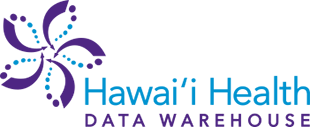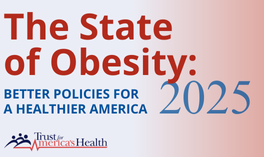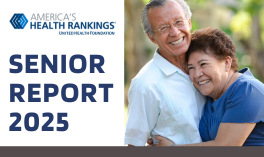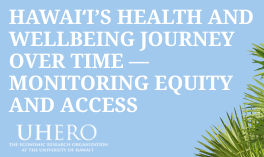The Ka Huakaʻi is a Native Hawaiian education assessment put together by Kamehameha Schools. The 2021 volume is the fifth installment of this assessment since 1983. Ka Huakaʻi is strengths-based and examines Native Hawaiian well-being from multiple dimensions including educational, social, physical, material and economic, as well as spiritual and emotional. This report utilizes the Pua Model, which interconnects the above-mentioned five aspects to assess the wellbeing of adults, families, communities, young children, and school-age children. The strengths and gains, mixed results, and challenges and opportunities of each aspect of the Pua Model are assessed, along with a list of recommendations. You can access the full report in HHM, or by clicking here. Here are some strengths mentioned in this report:
- Educational Wellbeing: 52% of eligible Native Hawaiian keiki are enrolled in preschool, a rate that is higher than the statewide average.
- Physical Wellbeing: The percentage of Native Hawaiian middle and high school students who breathed secondhand smoke in a public place (42%) is lower than the Hawai‘i total (47%).
- Social Wellbeing: A 2018 statewide survey of Hawaiʻi residents found that Native Hawaiians are more likely than their non-Native Hawaiian peers to feel connected to their community and to have positive perceptions of community safety.
- Material and Economic Wellbeing: All regions, except Honolulu, have Native Hawaiian owner-occupancy rates that exceed 50%. Kauaʻi has the highest owner-occupancy rate (66%) among Native Hawaiians.
- Spiritual and Emotional Wellbeing: A 2018 statewide survey shows that 66% Native Hawaiians report that ʻāina has important cultural, spiritual, and subsistence purposes.

Updated: 10/4/2021



